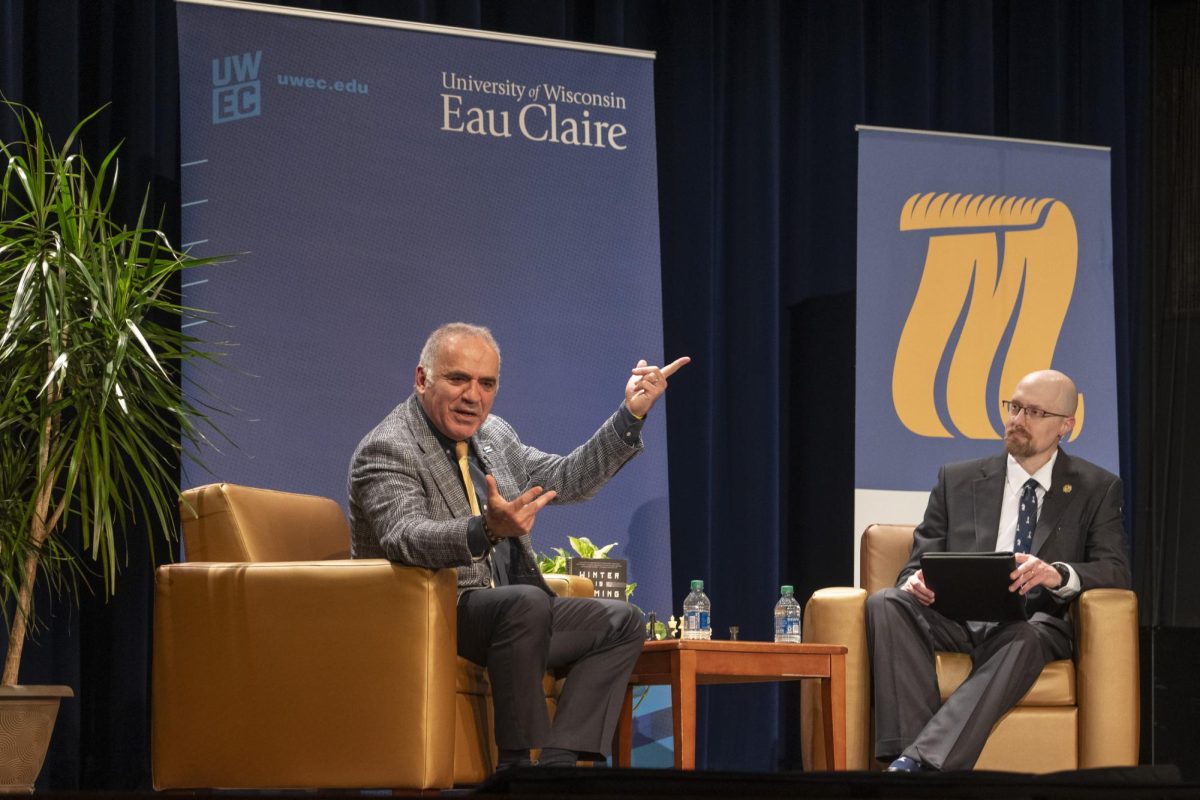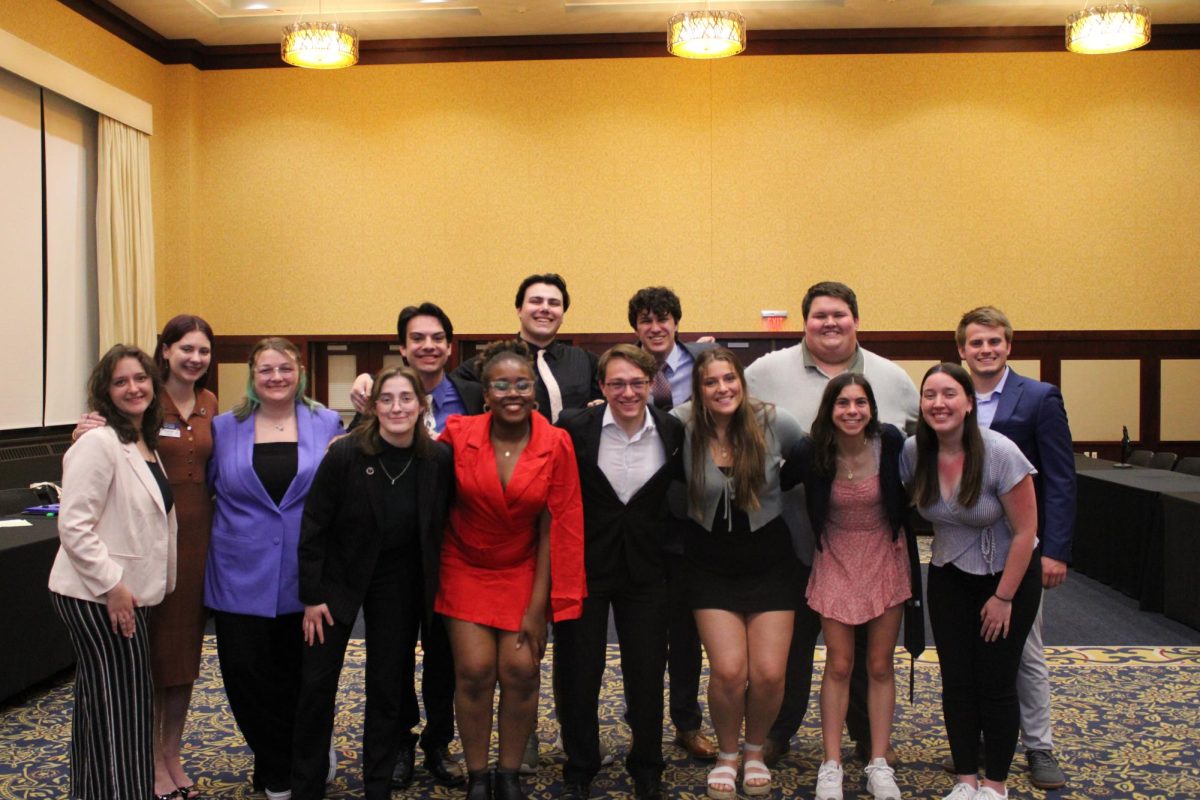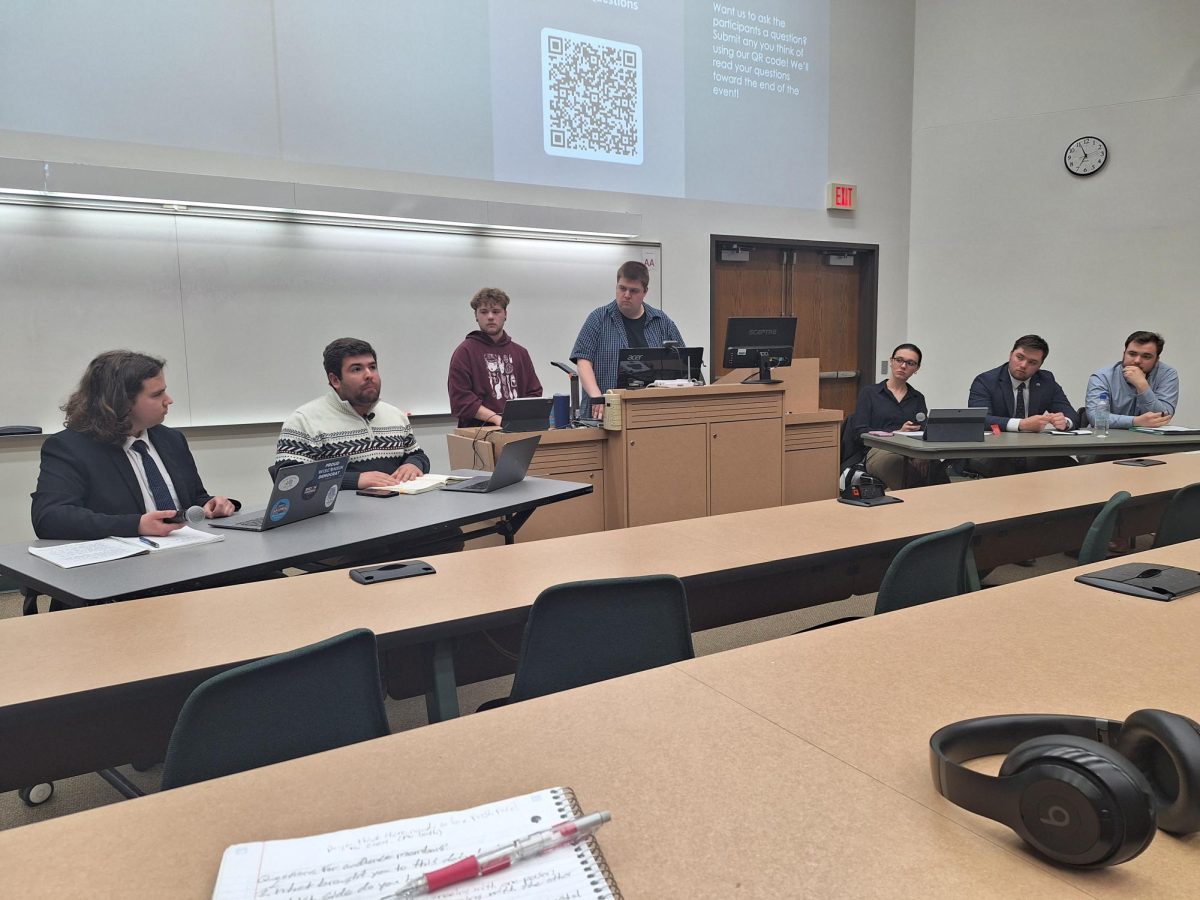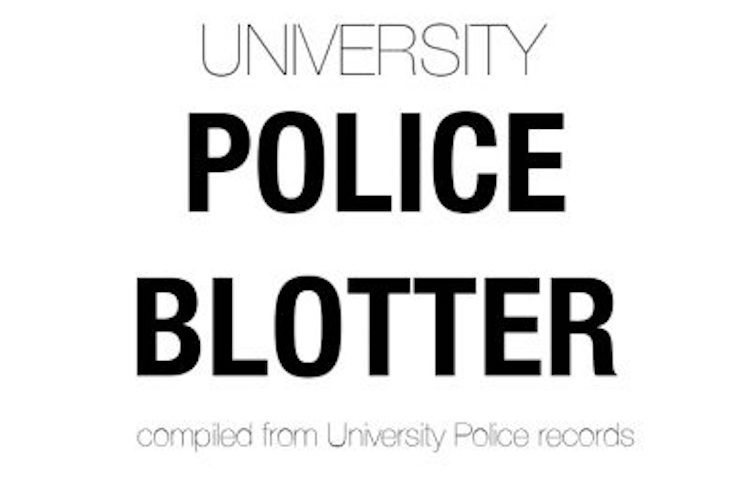During the 1991 Persian Gulf War, then-President George H.W. Bush led a coalition campaign to remove Iraqi President Saddam Hussein’s forces from Kuwait through almost a month of constant, widespread bombing of Iraq’s communication, command and control resources.
A few weeks ago, current President George W. Bush started his military operation against Hussein with a “decapitation strike,” aiming to kill the Iraqi dictator and other leaders of his regime while sending coalition troops on a march toward Baghdad.
Although his father’s Desert Storm mission didn’t send ground troops into battle for almost a month, George W. Bush’s initial strategy went after Iraqi leaders in hopes of dismantling the regime from the top down.
It’s one of the main differences between the current Operation Iraqi Freedom and the 1991 Operation Desert Storm. The leaders’ names and the desert terrain may be the same, but the two wars – one to free Kuwait and its oil supply from Iraqi control and the other to remove Hussein’s regime and any weapons of mass destruction – differ greatly.
“It’s an entirely different ballgame,” said Selika Ducksworth-Lawton, an associate history professor who specializes in military studies.
The current war’s strategists basically planned for the best-case scenario: Iraqi people and military leaders turning on a powerless or dead Hussein, she said.
“They didn’t expect the Iraqi generals to fight,” she said.
Desert Storm had a much smaller battle area to control- unlike the current campaign – with strong international help andsupport, she said. The operation consisted of a much larger bombardment of missile attacks throughout Iraq and Baghdad, using the strategy of overwhelming force, she said.
The month-long air raids in ’91 softened Hussein’s regime and put pressure on Iraq to move out of Kuwait, Chuck Major said, director of Housing and Residence Life, who served during Desert Storm as a commander for a supply and service Army battalion.
Trying now to force Hussein and his regime out of Baghdad “just becomes much more complicated,” Major said.
The similar type of heavy, continuous bombing on Baghdad in the current war didn’t start until recently, Ducksworth-Lawton said. The war’s strategy relies on a U.S. technological advantage; thus, it opts for a smaller, more mobile military force, which she said risks more coalition casualties.
The United States’ desire to avoid severely damaging Baghdad’s infrastructure for fear of future rebuilding costs also puts soldiers in added danger, she said.
Operation Iraqi Freedom probably will have more casualties do to the operation’s goal, she said. Sending more than 100,000 troops now to the Middle East is a needed move, especially to better outnumber the defending Iraqi forces, she said.
The current war has a weaker and longer supply line than that of Desert Storm, Major said. With the 1991 war having more than 500,000 soldiers compared to Operation Iraqi Freedom’s initial 250,000, he said he thinks it’s always better to start with too many soldiers and logistics than too little.
As for war support at the international level, both battles share around the same number of official allies – about 35 – but Desert Storm received much more symbolic and military backing.
On Nov. 29, 1990, the U.N. Security Council voted 12-2-1 in favor of a U.S.-led coalition forcibly removing Iraqi forces from Kuwait if Hussein did not comply by midnight Jan. 15, 1991.
The current Bush administration did not push for a U.N. Security Council vote for support in March due to veto threats from France and Russia. Bush eventually gave Hussein and his two sons a 48-hour deadline on March 17 to leave Iraq.
The international coalition against Iraq during Desert Storm was a great experience, Major said. When Hussein ignored the U.N. deadline, he said, most of the world viewed the mission as necessary.
America now is trying to portray a similar need to Iraqi people through a lot of psychological methods, Major said, including the use of the media.
The amount of media coverage focused on the war has increased greatly since the ’91 battle when CNN was the only 24-hour cable news network. Along with the addition of the Arab satellite TV channel, Al-Jazeera, there are now two more cable news networks – FOX News and MSNBC – providing 24-hour war coverage and about 600 embedded reporters traveling with military units in Iraq.
There is much more access to the battlefield now than in 1991, said A. David Gordon, who retired a year ago as the communication and journalism department chair. Embedded reporters probably are an improvement for media, Gordon said, but it’s too early to decide whether they are reporting objectively and realistically.
Major said he’s concerned the intense coverage will cause people to turn numb to the reality of war.
“It’s just really overkill,” Major said.
It’s still “in the hands of the individual viewer,” Gordon said, as to how much to watch.






